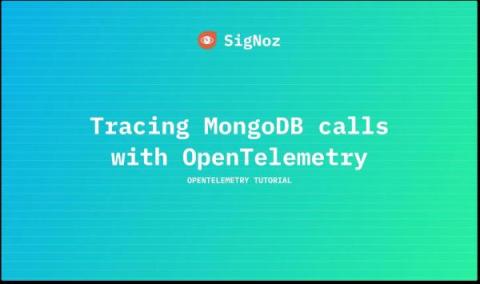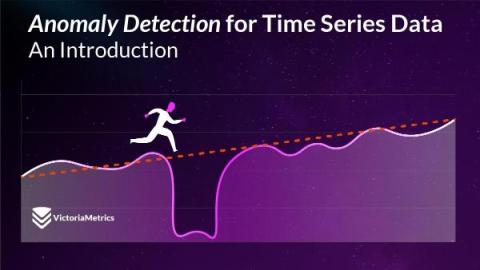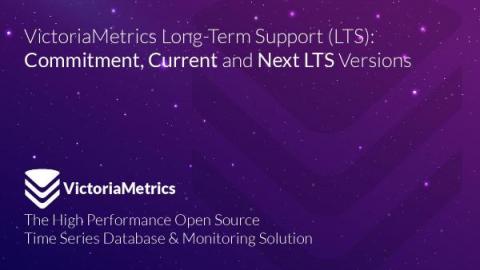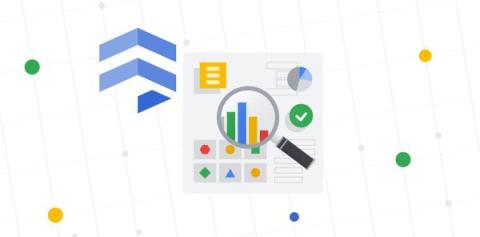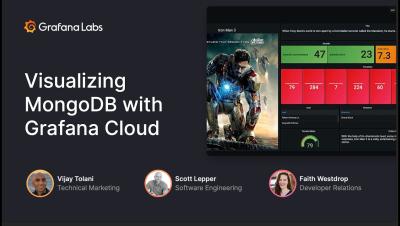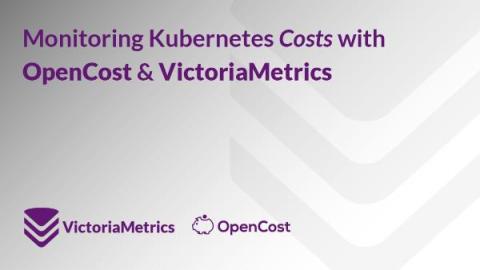Operations | Monitoring | ITSM | DevOps | Cloud
Databases
The latest News and Information on Databases and related technologies.
Anomaly Detection for Time Series Data: An Introduction
Welcome to the handbook on Anomaly Detection for Time Series Data! This series of blog posts aims to provide an in-depth look into the fundamentals of anomaly detection and root cause analysis. It will also address the challenges posed by the time-series characteristics of the data and demystify technical jargon by breaking it down into easily understandable language. This blog post (Chapter 1) is focused on.
How to test a MongoDB NoSQL database
Most development teams know that testing the application layer of a system (a.k.a the codebase) is of vital importance. Testing the data layer (the database) is just as important. To perform database testing, you construct queries to assert and validate the database operations, structures, and attributes required by the application connecting to the database.
The Future of Database Monitoring - AIOps
VictoriaMetrics Long-Term Support (LTS): Current State
We release VictoriaMetrics several times a month, including at least one major update. However, because these new releases often introduce new features, they may be less stable. That’s why we also regularly publish Long-term support releases (LTS) alongside our regular releases. These LTS versions focus exclusively on bug fixes without new features and performance improvements. We committed to publishing LTS versions every six months and supporting them for one year.
Getting to know Systems insights, a simplified database system monitoring tool
The story of how we simplified database system monitoring for generalists while making it flexible enough for specialists.
SQL Sentry Then and Now Part 2
Visualizing MongoDB with Grafana Cloud
Five database DevOps practices for boosting team productivity
Monitoring Kubernetes costs with OpenCost and VictoriaMetrics
Control over operational costs is pivotal in Kubernetes' deployment and management. Although Kubernetes brings power and control over your deployments, it also necessitates thorough understanding and management of costs. OpenCost, specifically designed for Kubernetes cost monitoring, combined with VictoriaMetrics, an efficient time series database, offers a comprehensive solution for this challenge.


